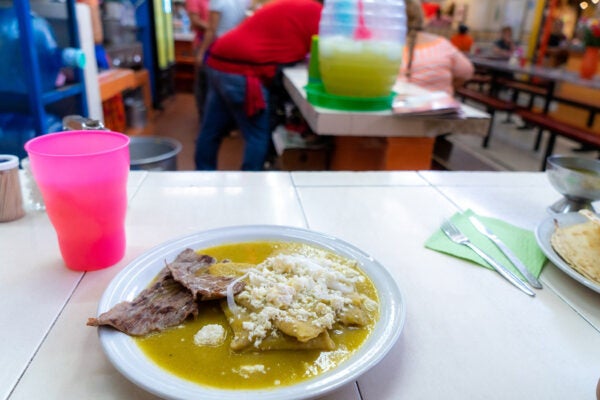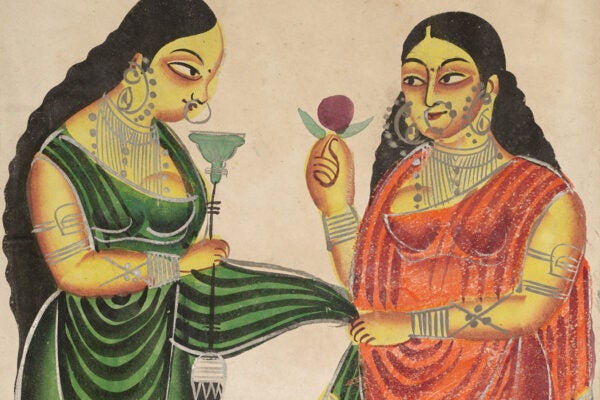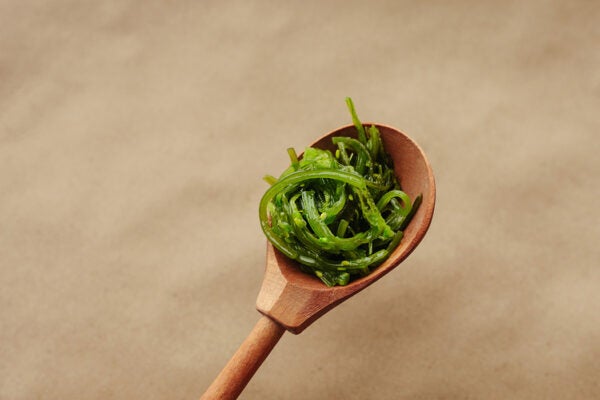Get Out of Dodge with Cross Reference
This month’s puzzle features a nod to the Second City.
Fruit and Veg: The Sexual Metaphors of the Renaissance
Using peach and eggplant emojis as shorthand for sex may seem like a new thing, but Renaissance painters were experts at using produce to imply intercourse.
Yelp and the Quest for Authentic Cuisines
How do affluent urban diners judge the “authenticity” of an eatery? By relying on certain stereotypes, if their Yelp reviews are anything to go by.
How Bengal’s Nineteenth-Century Art Defined Women
Women’s roles as icons ranged from being seductive and erotic to mythical and religious as they imparted social, political, and ethical values.
Wheely Good Reviews: How Michelin Forms Foodie Ideology
The French Michelin guide is an authoritative voice in the world of fine dining, but when it arrived on the American food scene, it was met with a chilly reception.
Plant of the Month: Hibiscus
Nearly synonymous with the global tropics and subtropics, hibiscus symbolizes the Caribbean’s transnational past, present, and future.
Eating Seaweed in the Americas
From the kelp highway to blue plate kelp specials, seaweeds are gaining greater acceptance on the dining tables in the Americas.
The Rise and Fall of Fanny Cradock
Cradock was one of Britain's first celebrity chefs, but in what her viewers called “the Gwen Troake Incident,” she fell from her pedestal—hard.
Peppers and Spice and Everything Nice
How humans have acquired, used, and assigned cultural value to spices, from sage to cinnamon, chili pepper to salt.
The Fakelore of Food Origins
Where did potato chips come from? How about clams casino? Are the origin stories for these foods true, or do they fall into the category of “fakelore”?









